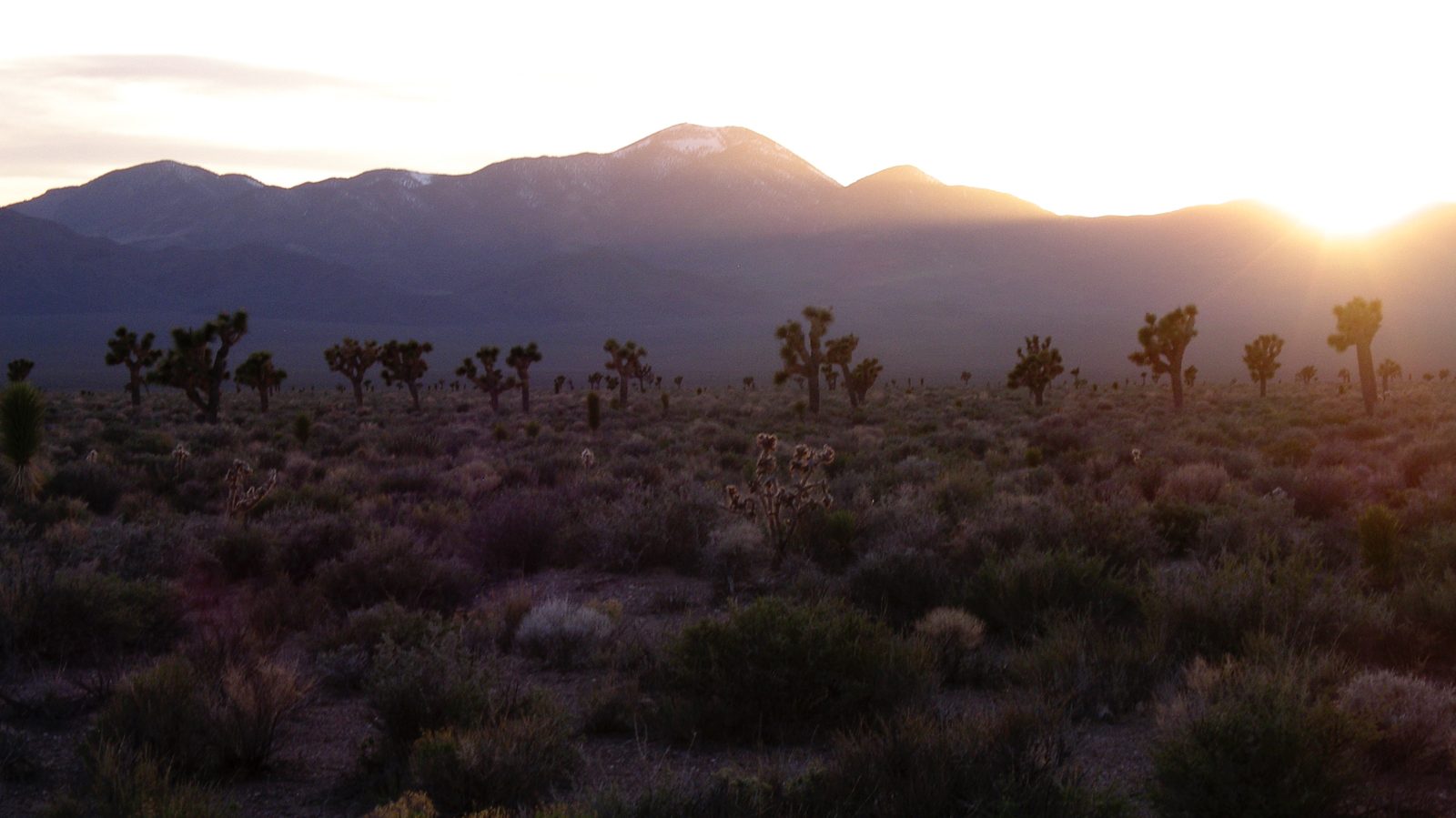
The Mojave Desert, home to our favorite woody monocot (Joshua tree), encompasses some of the largest tracts of undeveloped land in the continental United States. That wilderness is under increasing pressure from suburban sprawl as climate change threatens to make its desert landscapes even less hospitable to the thousands of unique native plant and animal species that call it home. At the same time, the Mojave is prime territory for solar and wind energy facilities that can help us slow and stop climate change. A new perspective article in the journal Biological Conservation led by Joshua Tree Genome Project co-PI Chris Smith enumerates the challenges faced by Mojave Desert communities — human and otherwise — and the trade-offs necessary to protect Mojave biodiversity in the 21st Century.
With Joshua tree as a recurring case study, we attempt to lay out a general plan for identifying and prioritizing populations of threatened Mojave species that have the best chance of surviving into a climate-changed future. We discuss the challenges of defining species’ current and future geographical distributions, assessing populations’ demographic health, and identifying and quantifying genetic variation that can support adaptation to projected climate change. We also find a lot of opportunity to resolve apparent conflicts between renewable energy development and conservation of Mojave wilderness — with appropriate input from residents and other stakeholders, it should be possible to balance the need to protect the desert’s biological treasures as we build the infrastructure needed to save them from the global threat of climate change.
The full paper is available to read without a subscription via this sharing link through January 20, 2023.

You must be logged in to post a comment.